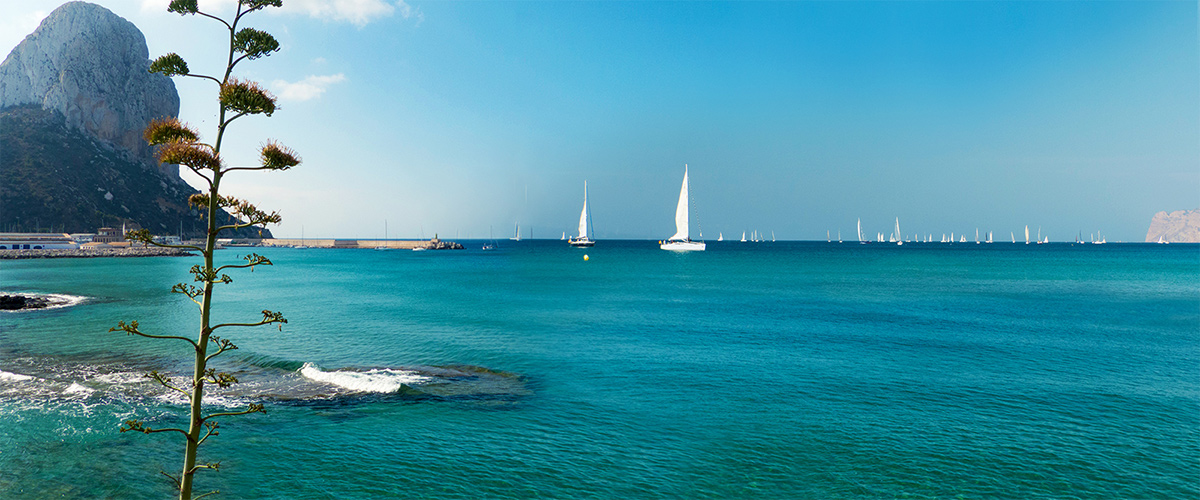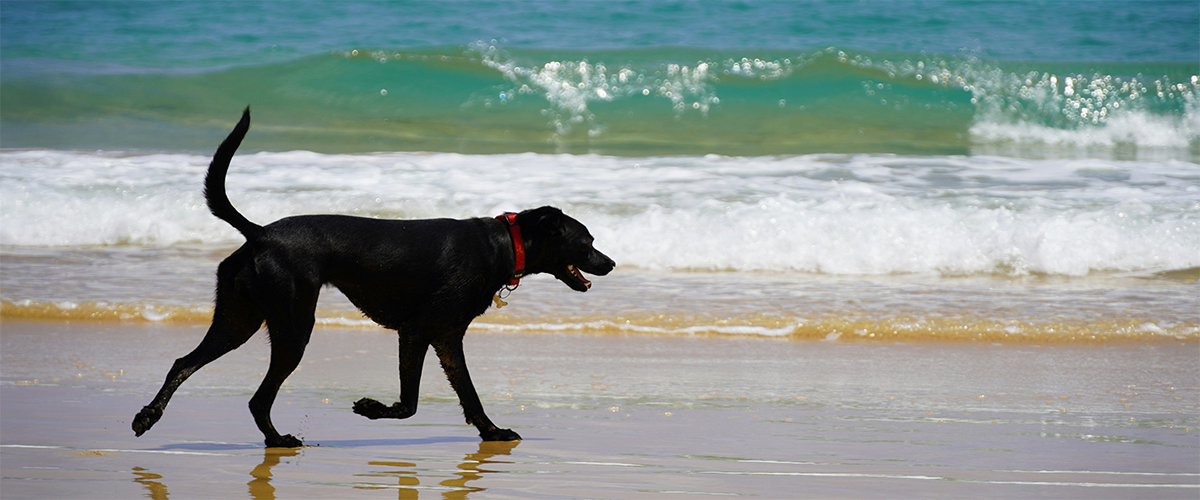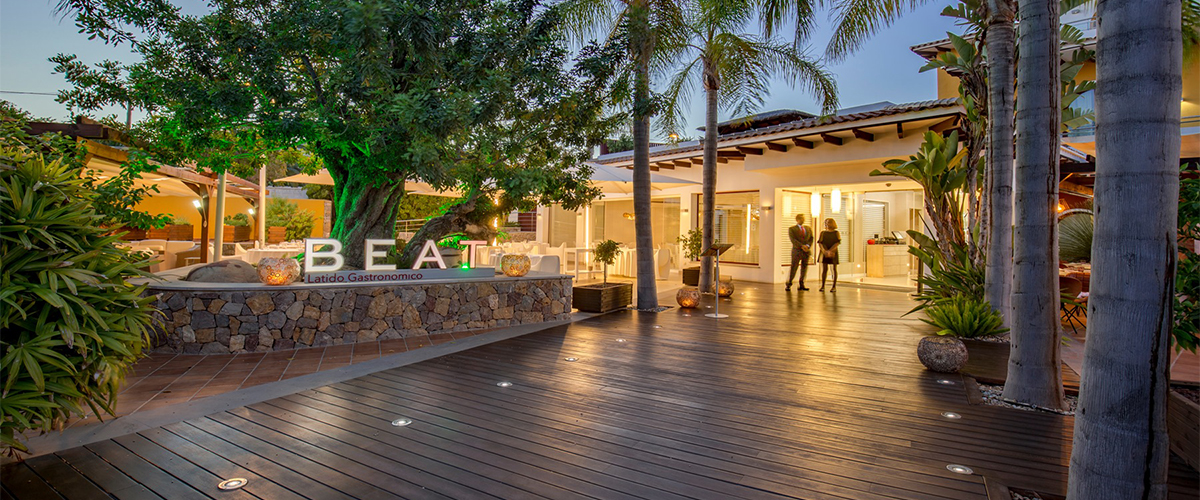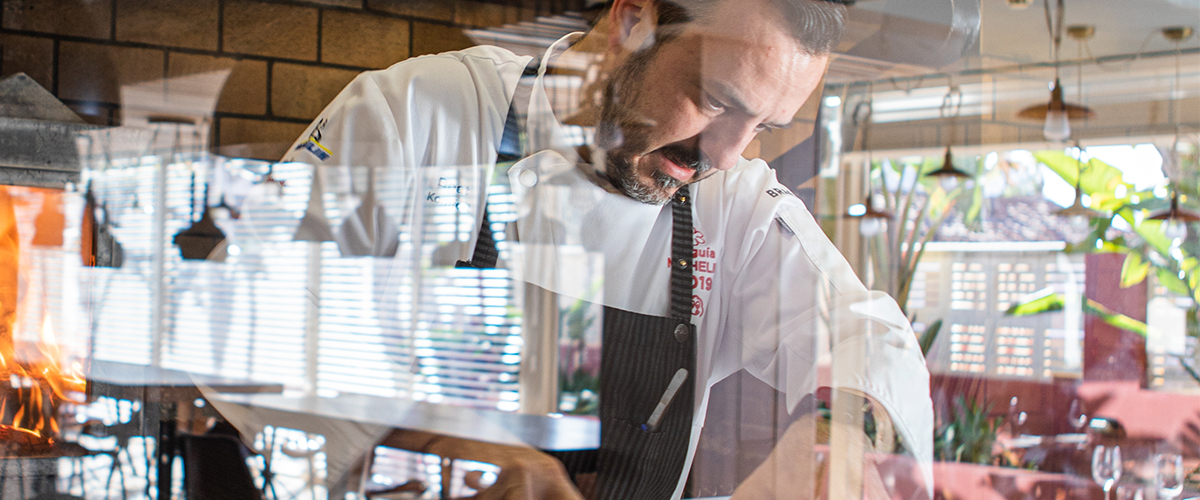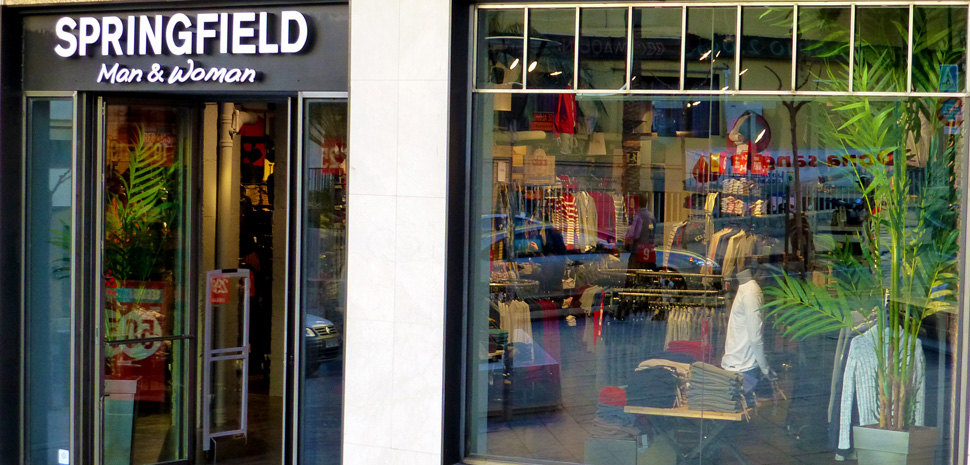
Abahana Villas is the leading company for premium villas on the Costa Blanca, renowned for its curated selection of properties, its in-depth local knowledge, and its exceptional service that transforms every stay into a unique Mediterranean experience.

Three must-see castles on the Costa Blanca: The Costa Blanca is not only synonymous with idyllic beaches and coves; it also holds a fascinating history among its hills and cities. Three castles stand out as architectural and cultural gems: the Santa Bárbara Castle in Alicante, the Atalaya de Villena and the Dénia Castle. Each one belongs to a different route and tells a unique chapter of the region's past.
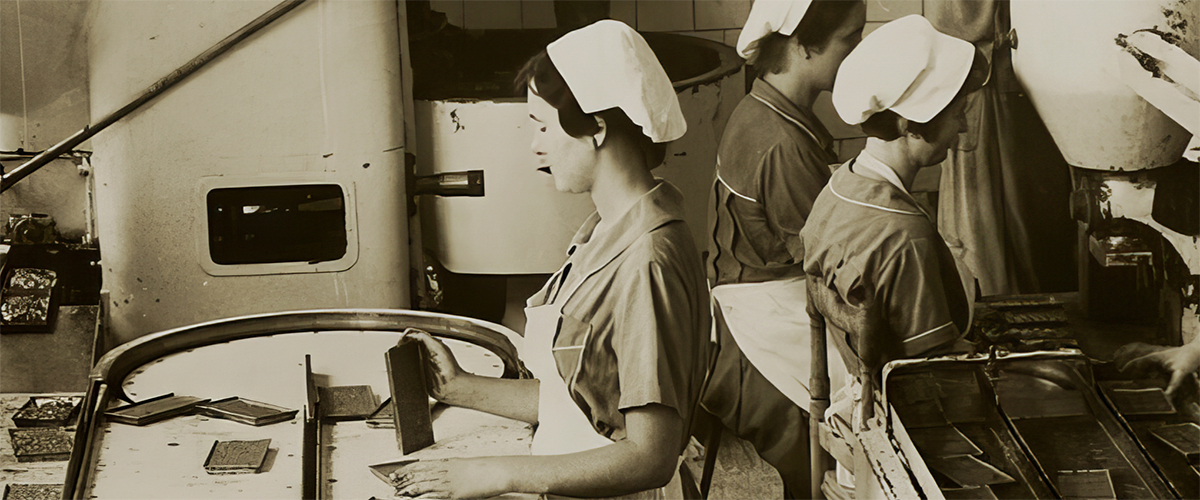
Each museum is a door to an unexpected corner of the region's history and culture. Alicante, known for its sea and landscapes, also holds hidden treasures in its museums, inviting you to discover the past and immerse yourself in local art and tradition. From the innovative MARQ to the tempting Museo del Chocolate Valor, this museum route takes us on a journey that mixes archaeology, contemporary art and unforgettable experiences for all the senses.
The Mediterranean has that movie-like charm, a blend of glamour, nostalgia, and freedom that feels like it's taken straight from an eternal frame. At Abahana Villas, we know this well, which is why we've selected the six movies that best capture that essence of an endless summer.

Labyrinthine, games of light and shadow, corners with mystery where vibrant color beats and its own, but above all, original frames of the Mediterranean.
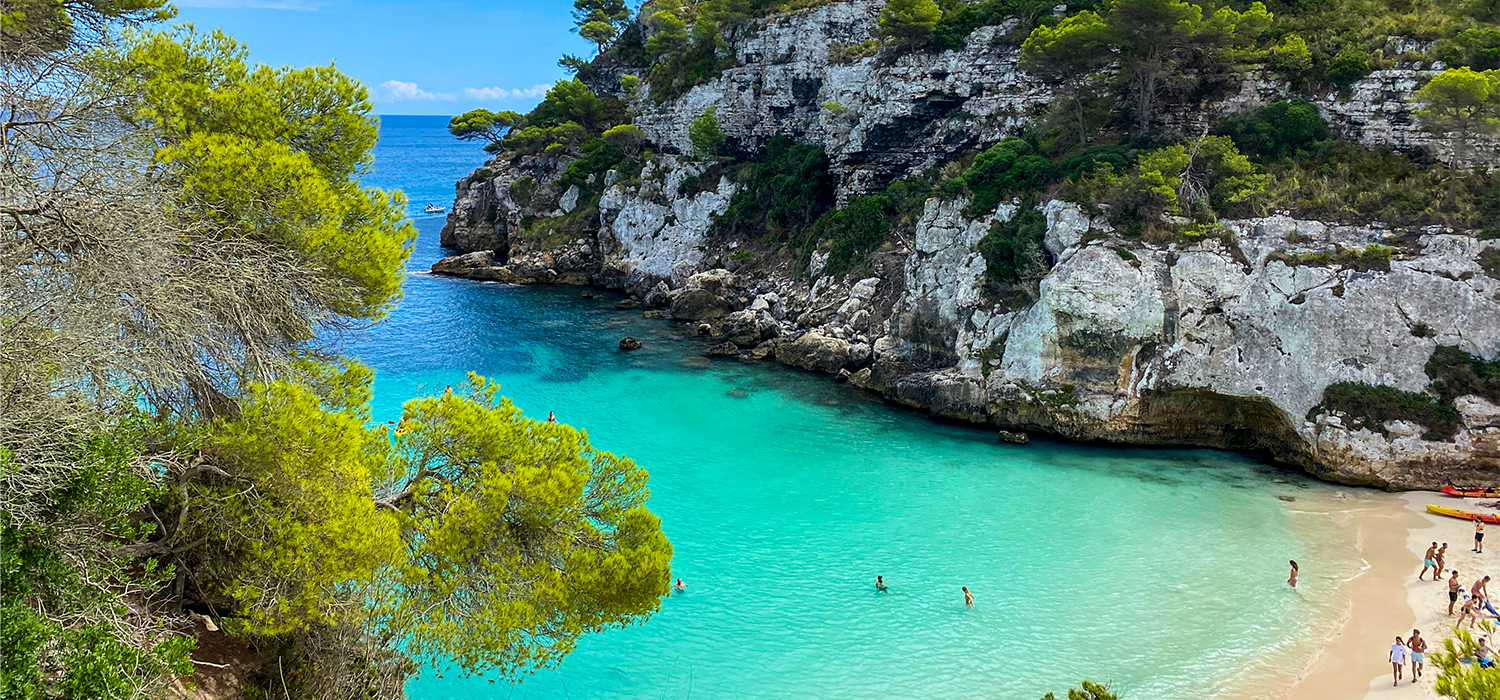
Are you thinking where to travel this summer? Do you fancy enjoying a few days on the beach basking in the sun? At Abahana Villas we have the solution! Visit our wonderful and charming Costa Blanca.

June holidays are coming up and you still don't know what to do? Take the opportunity to visit the wonderful views of the Costa Blanca. You will have time to enjoy its impressive views from the sea, as well as from the mountains.
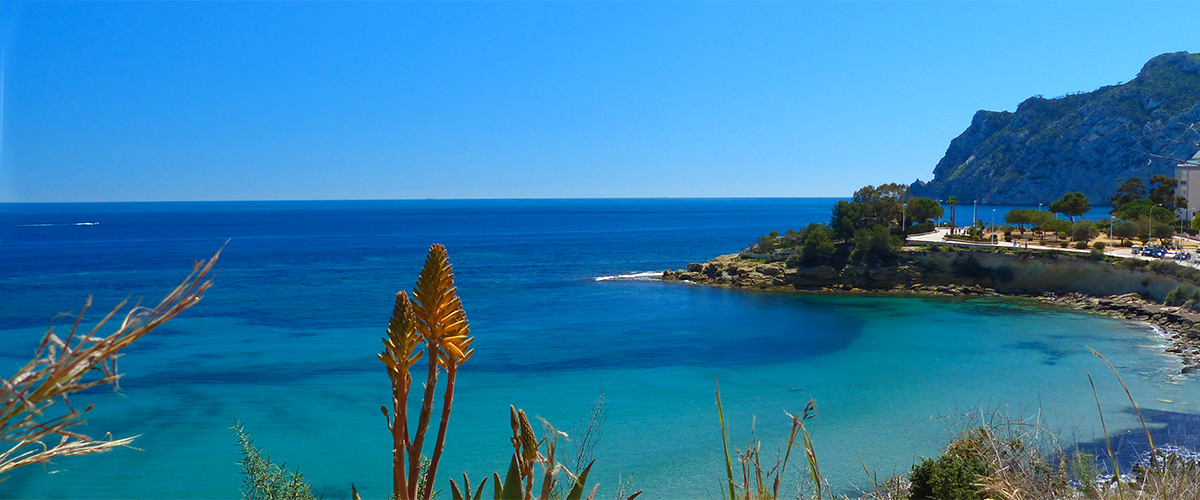
Either at the end of the Ecological Walk that connects Calpe with Moraira passing through the Benissa coast, or at the beginning of the Fossa coastal walk; or vice versa, we all know that the order of the factors does not alter the result, just as we also know that the beauty of this cove remains unchanged year after year.
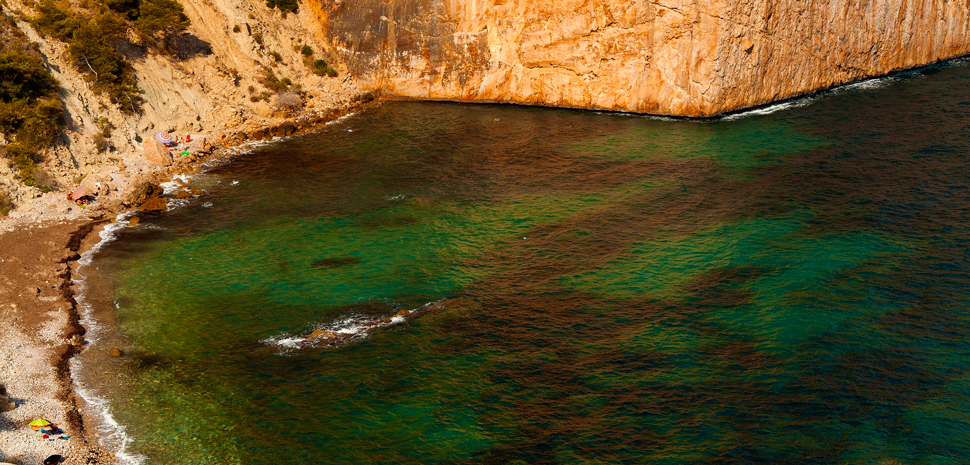
Also known as “Racó de Corb”, this is an unquestionably idyllic cove for lovers of diving and fishing, with an interesting seabed teeming with marine fauna.
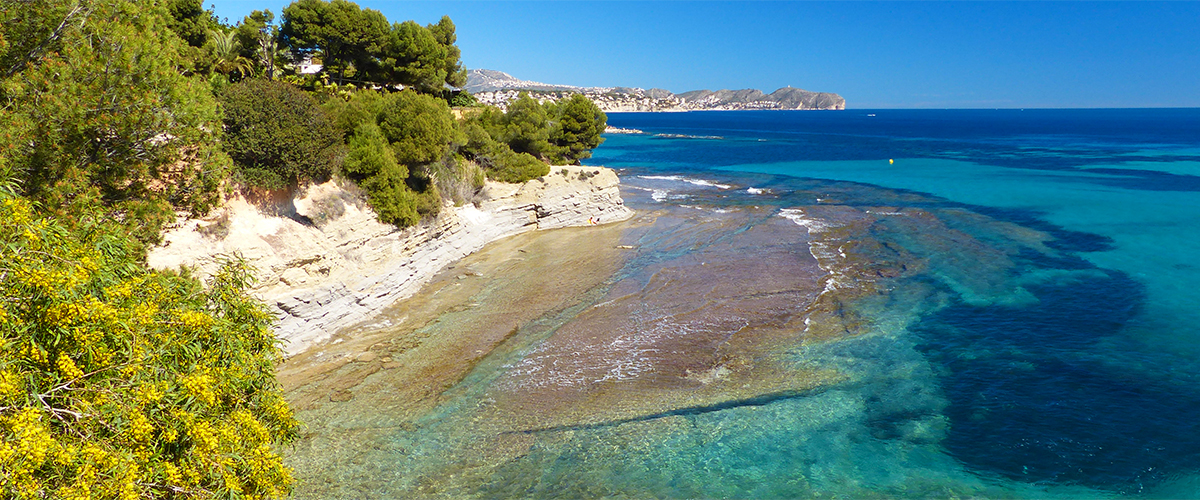
A little corner of Calpe surrounded by the Mediterranean countryside, offering bathers the chance to feel they are in splendid isolation thanks to the few visitors, while also being the perfect spot for a dip in the wonderfully clear water.
What to do in Calpe?
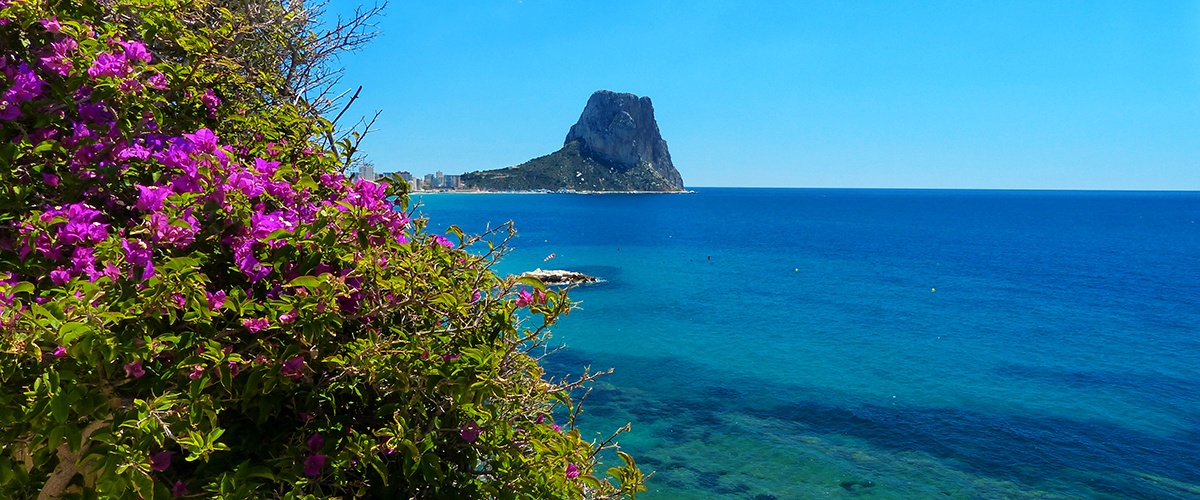
Abahana Villas - Views of Arenal-Bol beach in Calpe.
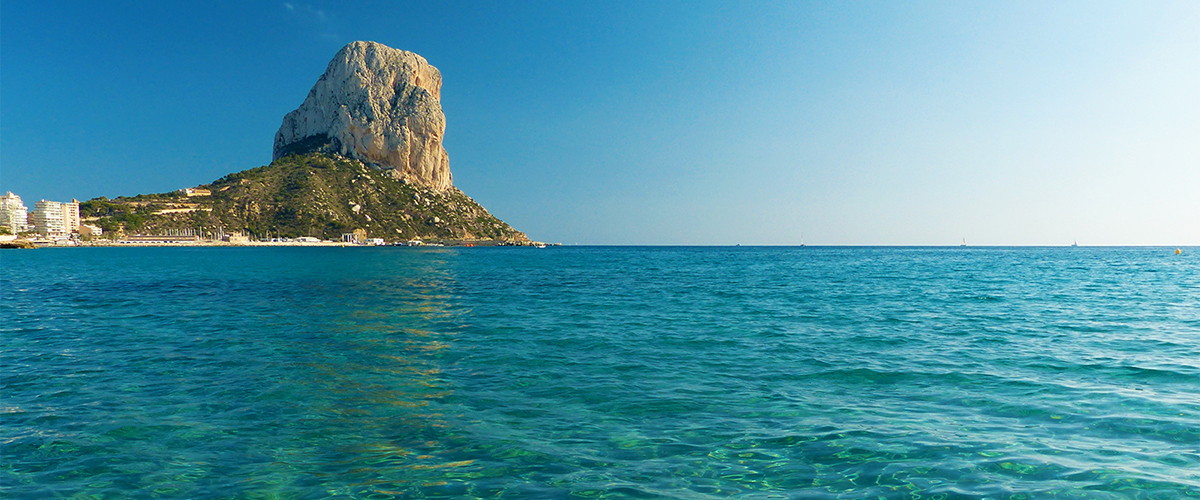
Abahana Villas - Crystal clear waters of the beaches of Calpe.

Abahana Villas - Parasols on the beach of La Fossa in Calpe.
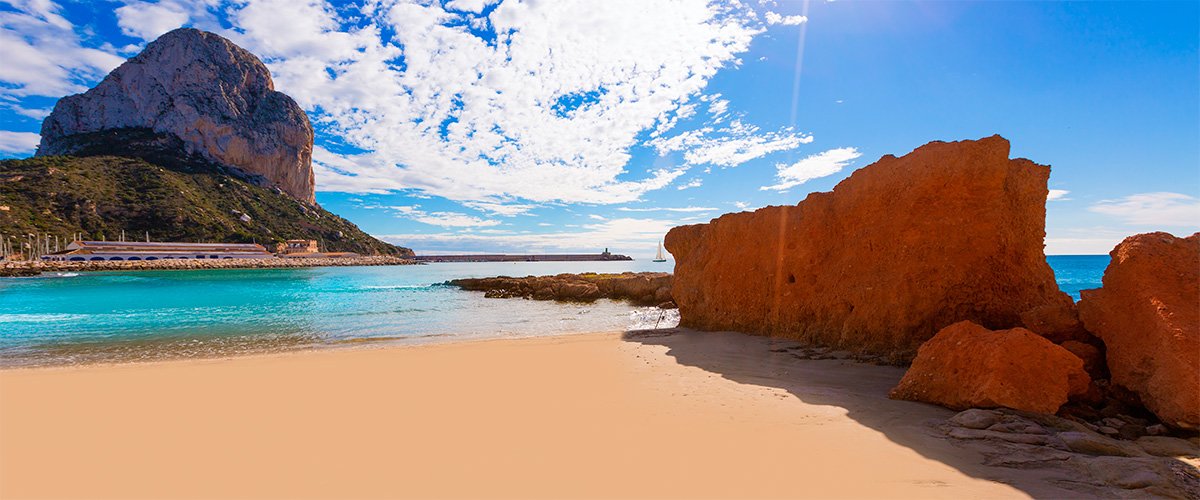
Abahana Villas - Peñón de Ifach from the beach of El Cantal Roig de Calpe.
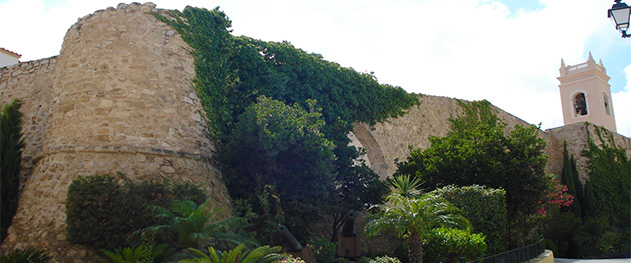
Abahana Villas - Muralla del casco antiguo de Calpe.
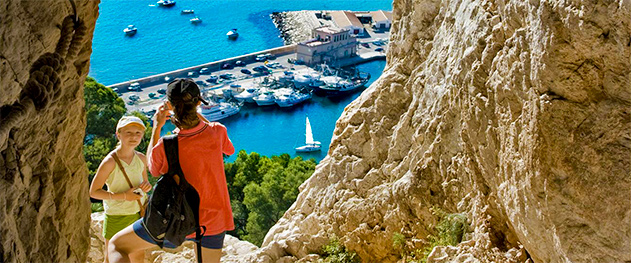
Abahana Villas - Excursión al Peñón de Ifach.
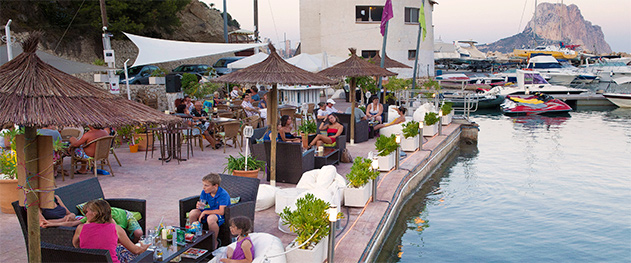
Abahana Villas - Atardecer en Puerto Blanco.
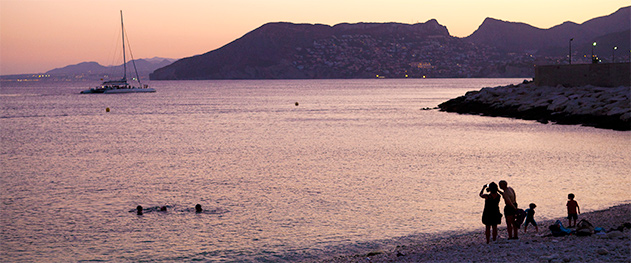
Abahana Villas - Atardecer en la splayas de Calpe.

Abahana Villas - Muralla del casco antiguo de Calpe.

Abahana Villas - Excursión al Peñón de Ifach.
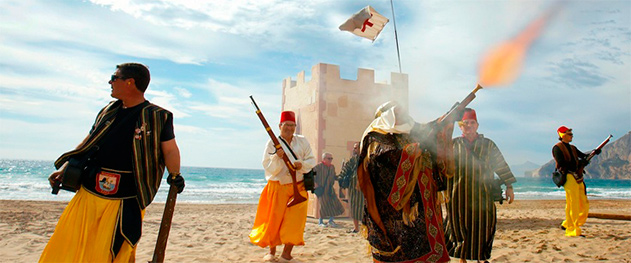
Turismo Calpe - Desembarco de moros en la Fossa.
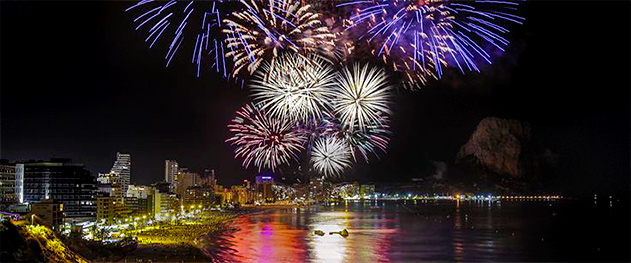
Turismo Calpe - Fiestas de San Juan en la playa de Arenal-Bol.

cAtardecer en Puerto Blanco.
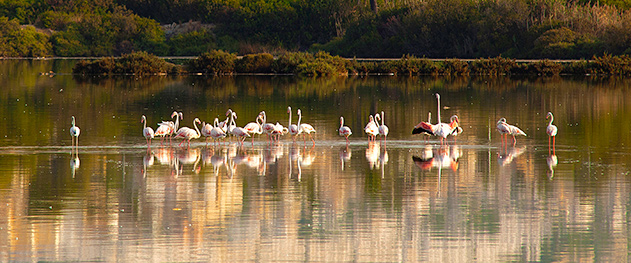
Abahana Villas - Grupo de flamencos en las salinas de Calpe.

Abahana Villas - Atardecer en la splayas de Calpe.

cAtardecer en Puerto Blanco.

Abahana Villas - Grupo de flamencos en las salinas de Calpe.

Abahana Villas - Atardecer en la splayas de Calpe.
A watchtower waiting to be conquered. The open sea waiting to be explored.
No matter where you wander in the old part of Calpe, it's not easy to find a spot in which the ubiquitous and legendary Peñón de Ifach is not part of the scenery. The fact is that this 50,000m2 giant, which rises up some 330m above the blue, crystal clear waters that surround it, is the symbol par excellence of this charming Alicante town, and indeed of much of the Costa Blanca itself. It will also be very much the nerve centre for many of your most original leisure activities.
Inhabited from days of antiquity by the early navigators of the Mediterranean, the rugged slopes of the Peñón de Calpe were climbed by Iberians, Romans and also by settlers in Medieval times, who used it as a watchtower from which to defend themselves against pirates. Work is currently taking place on a 13th century archaeological site (part of which is open to the public) in an effort to restore a villa from the time of Roger de Llúria, an Admiral of the Crown of Aragon during the reign of King James the Second.
If truth be told, a visit to the Peñón can include both culture and nature at one and the same time. During much of the 20th century the isthmus changed hands from one private owner to another, from the Paris family to the Más Capó or the González Ausina family. Today it is home to an incredible nature park that is of considerable importance from a landscaping point of view, on account of its particular dichotomy between mountain and coastline.
Hikers have more than 300 vegetal species to admire, some of them unique within the Community of Valencia and many under severe threat within the flora of the Iberian peninsula as a whole, and more than 80 different species of fauna, particularly birds such as the coot, the black-headed gull, or the snowy plover. Mountain walkers will find routes that will put them to the test, while families or groups of friends will be delighted with simpler nature routes that they can complete in around two and a half hours.
Getting your strength back
There's nothing like the sea and the mountain to help work up an appetite, and there's no better way to satisfy one than by enjoying some of the traditional dishes that local fishing folk have been wise enough to maintain. The area has lots of fish that are typical here. When locals talk about "Peix de Calp" they are referring to the different fish you can find at the fishing port, fish such as "cinta" (red bandfish), conger, crabs, hake or sole. These fish, together with sliced market-garden potatoes and ever-so red tomatoes are the basic ingredients for the famous "Llauna de Calp", a traditional local dish that can be cooked or baked in the oven in an earthenware dish.
Another of Calpe's most popular dishes is the "Arròs de Senyoret" (His Lordship's Rice), so called because the chef would remove all the shells and the bones from the fish and the seafood so that his Lordship wouldn't have to get his hands dirty. Today Calpe's chefs know how to turn a simple seafood rice dish made with "morralla" (a fish with no great culinary value in its own right, fit only for a stew) into a veritable delicacy that is highly appreciated by the numerous visitors to this Alicante town.
A wealth of cultural and nautical possibilities
Every Wednesday morning, those in the know make a point of visiting the antiques and second-hand knick-knacks market that takes place on the Avenida del País Valencià. Numerous browsers, collectors and bargain-hunters are always to be found enjoying the market's lively atmosphere. Saturday however, is the day for those who know how to appreciate and savour the real thing, people who enjoy traditions and a less hectic life style. Such people will undoubtedly be the ones who will most enjoy the countless stalls displaying fresh fruit and vegetables brought in from the surrounding market gardens. The market is set up on the Avenida Masnou, between the Paternina School and San Salvador square.
Those who cannot live without some sort of cultural plan to look forward to, will not be disappointed. Throughout the year, the spacious Jaume Pastor i Fluixà centre takes full advantage of its 9,200 square metres to put on a wide range of activities for all manner of audiences. Exhibitions, plays, dance festivals or concerts are regularly held in the centre's halls, in its auditorium or in the open-air amphitheatre, the Odeon.
However, if Calpe has anything that will leave you with your eyes wide open, it is its calm, clear and intensely blue sea. If you like to make the most of being beside the sea, it's hard to imagine anywhere with more to offer than Calpe. Barely 10 minutes from the town centre, there are two different Marinas, both with top quality facilities: The "Real Club Naútico de Calpe" and the "Puerto Blanco". No water sport is impossible in these Marinas: scuba diving, rowing, sailing, windsurf, a cruise, jet skiing, parasailing, water skiing, boat rental, underwater photography…
The waters around the Peñón (Rock) de Ifach are a veritable object of desire for lovers of this particular sport. The peculiar nature of its sea bed, sculpted from large rock formations that are the result of landslides from the "peñón" itself, have created all manner of cracks in which moray eels seek refuge, alongside lobsters or octopuses, to say nothing of the numerous colonies of striking yellow anemones.
Beaches and bays in Calpe

